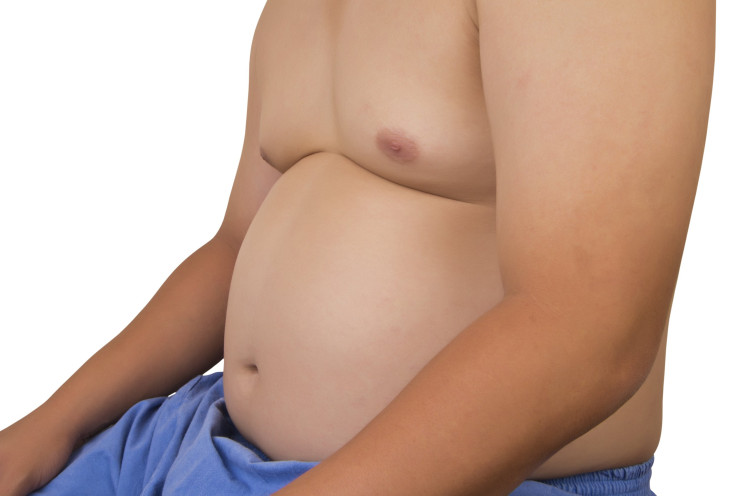Study Highlights New Ways To Identify 'Brown Fat,' Which Burns More Calories Than 'White Fat'

There are two types of fat that most mammals have: brown fat and white fat. The latter is the common kind of fat you imagine that hugs your hips, thighs, and stomach; brown fat, or brown adipose tissue (BAT), is the good kind, and it’s usually found in small deposits lining the back or neck.
Brown fat is particularly important for obesity therapies because research has shown that it has the ability to burn calories and help manage weight. Scientists hope that better understanding the processes of brown fat will help them develop therapies for people who are obese or suffer from diabetes.
A new study highlights the first MRI scan that shows brown fat in a living human. With one in three Americans considered obese, researchers hope this new breakthrough will help them in battling the obesity epidemic. In the study, researchers explain why using magnetic resonance imaging (MRI) is better than positron emission tomography (PET) in identifying deposits of brown fat in the body. Though PET is able to show brown fat activity, it’s not as detailed as MRIs.
“The MRI allows us to distinguish between the brown fat, and the more well-known white fat that people associate with weight gain, due to the different water to fat ratio of the two tissue types,” Thomas Barber, an author of the study and researcher at the Department of Metabolic and Vascular Health at Warwick Medical School, said in a press release. “We can use the scans to highlight what we term ‘regions of interest’ that can help us to build a picture of where the brown fat is located.”
When imagine fat filling in our body's curves, we’re thinking of white fat — the stuff that develops after you eat a lot of fatty foods. White fat is meant to store energy as well as release hormones into the bloodstream. Brown fat, however, acts more like muscle when it’s activated, and is able to burn more calories. One particular form of brown fat, which is activated when people get cold, is able to burn regular fat to keep the body warm. A study actually found that brown fat can be created out of white fat through exercise.
So how can researchers use the positive effects of brown fat to help people lose weight? “If they could turn on brown fat in people without putting them in cold rooms or making them exercise night and day,” Gina Kolata writes in The New York Times, “they might have a terrific weight loss program.”
But researchers still have a long way to go before understanding how they could harness brown fat in developing such weight loss programs. “This is an exciting area of study that requires further research and discovery,” Barber said in the press release. “The potential is there for us to develop safe and effective ways of activating this brown fat to promote weight loss and increase energy expenditure — but we need more data to be able to get to that point.”



























